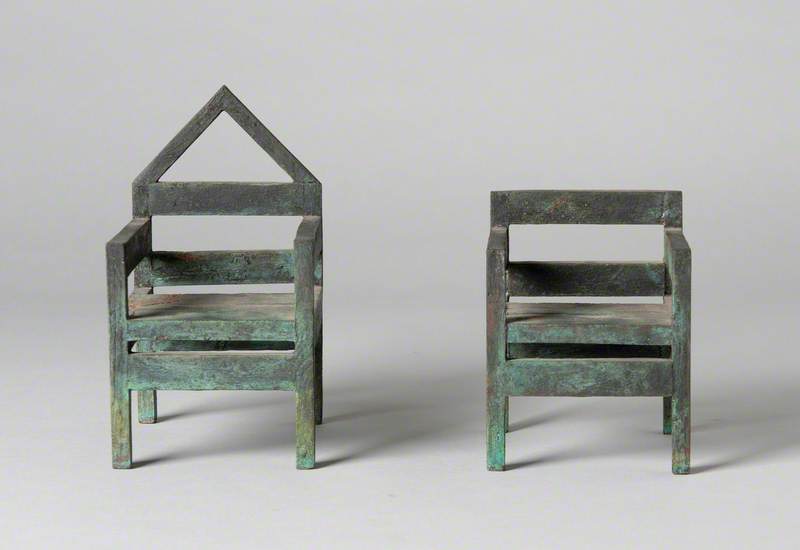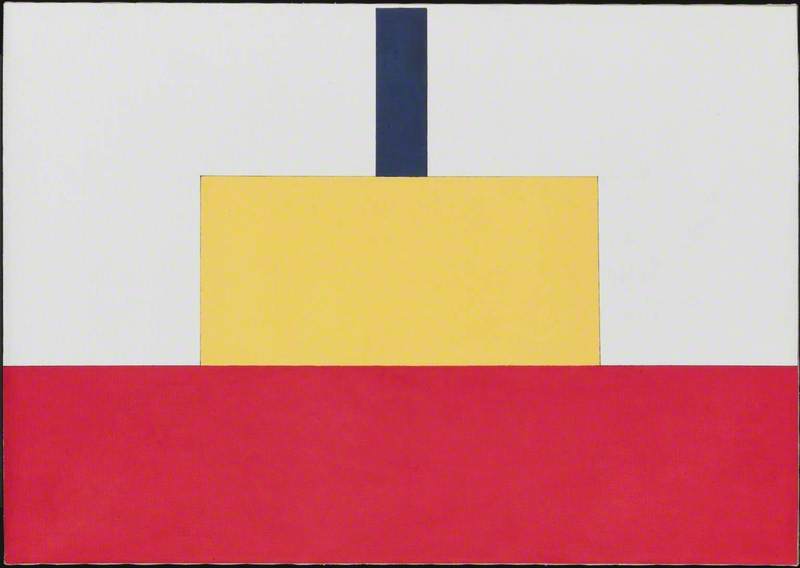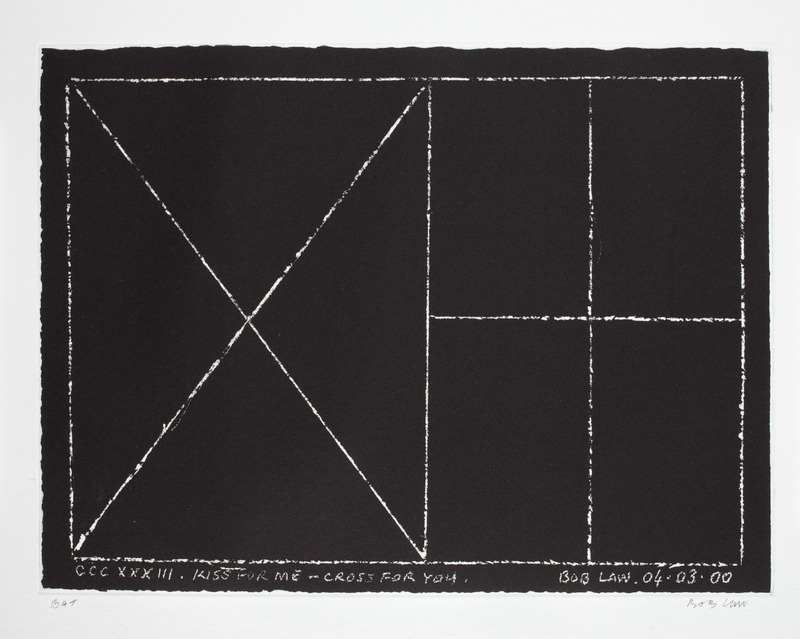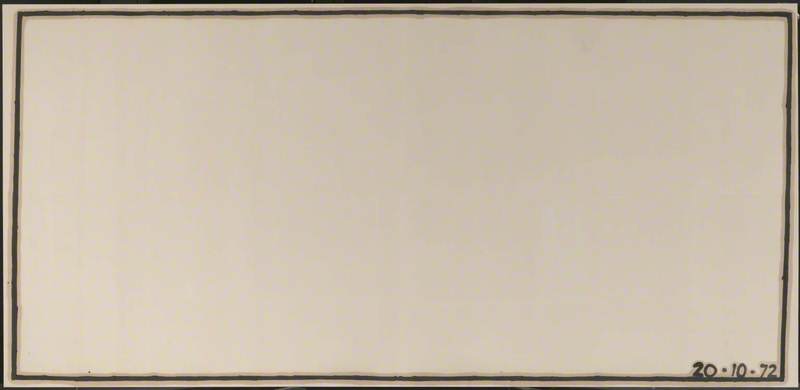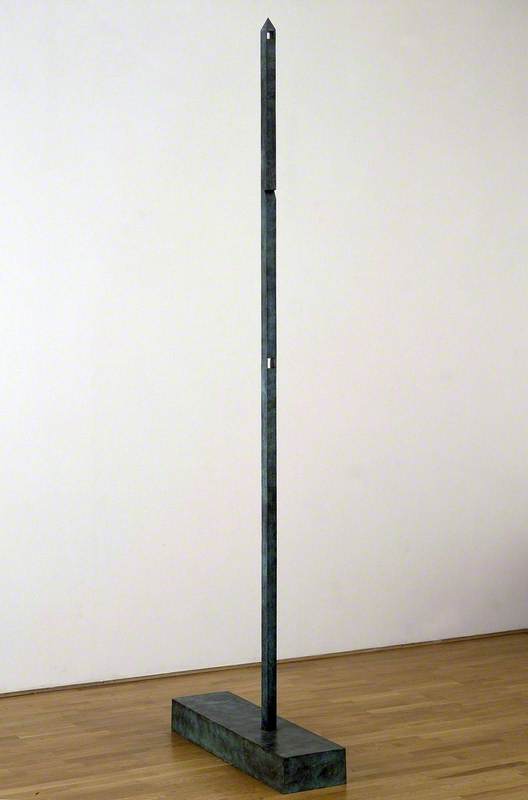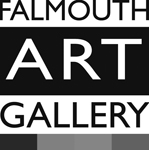British painter, sculptor, draughtsman, and film-maker, one of the founders of British *Minimalism. He was born in Brentford in Middlesex, leaving school at fifteen to take up an apprenticeship as an architectural designer. When he finished his National Service in 1954 he earned his living as a carpenter, taking up in 1957 the watercolour painting he had learnt as a child from his grandmother. He moved to St Ives where in 1959 he made his first ‘field’ drawings and paintings. These works, which are reminiscent of the naive style of Alfred *Wallis, were made while lying in fields. At the same time he travelled to London to see the exhibition of American painting at the *Tate Gallery. There, he encountered for the first time paintings by *Newman and *Rothko.
Read more
In 1960 he had his first exhibition, at the *Institute of Contemporary Arts, and also took part in the *‘Situation’ exhibition. Afterwards, he embarked on a series of all ‘black’ paintings. These were made from successive coats of different coloured paint. This was an exacting process. Law reckoned his success rate was around one in eight or ten to achieve the effect he was seeking without distracting surface marks. The results were also dependent on the making of perfect stretchers, for which his carpentry skills were vital. When the paintings were exhibited at the Museum of Modern Art, Oxford (see Modern Art Oxford) in 1974 they were found to be impossible to reproduce photographically, so instead the catalogue used ten black cards to stand in for them. It was important for Law, like *Reinhardt, that his paintings had a gradual impact and would be discovered over the course of time: ‘If you go openly to them, and you are a receptive kind of person for this sort of work they swallow you up and take you inside.’ Law also worked as a sculptor. Is a Mind a Prison (1970, Tate) is a lead slab like an open envelope or a tombstone on which is impressed a text entirely in capitals, so it is unclear as to whether or not it should be read continuously. The Last Supper (1984) is a bronze table with chairs. They are identical except for those of Christ (with a pointed top) and Judas (broken backed with nails beneath it). Further Reading Michael McNay, obituary, The Guardian (26 May 2004)
Text source: A Dictionary of Modern and Contemporary Art (Oxford University Press)
